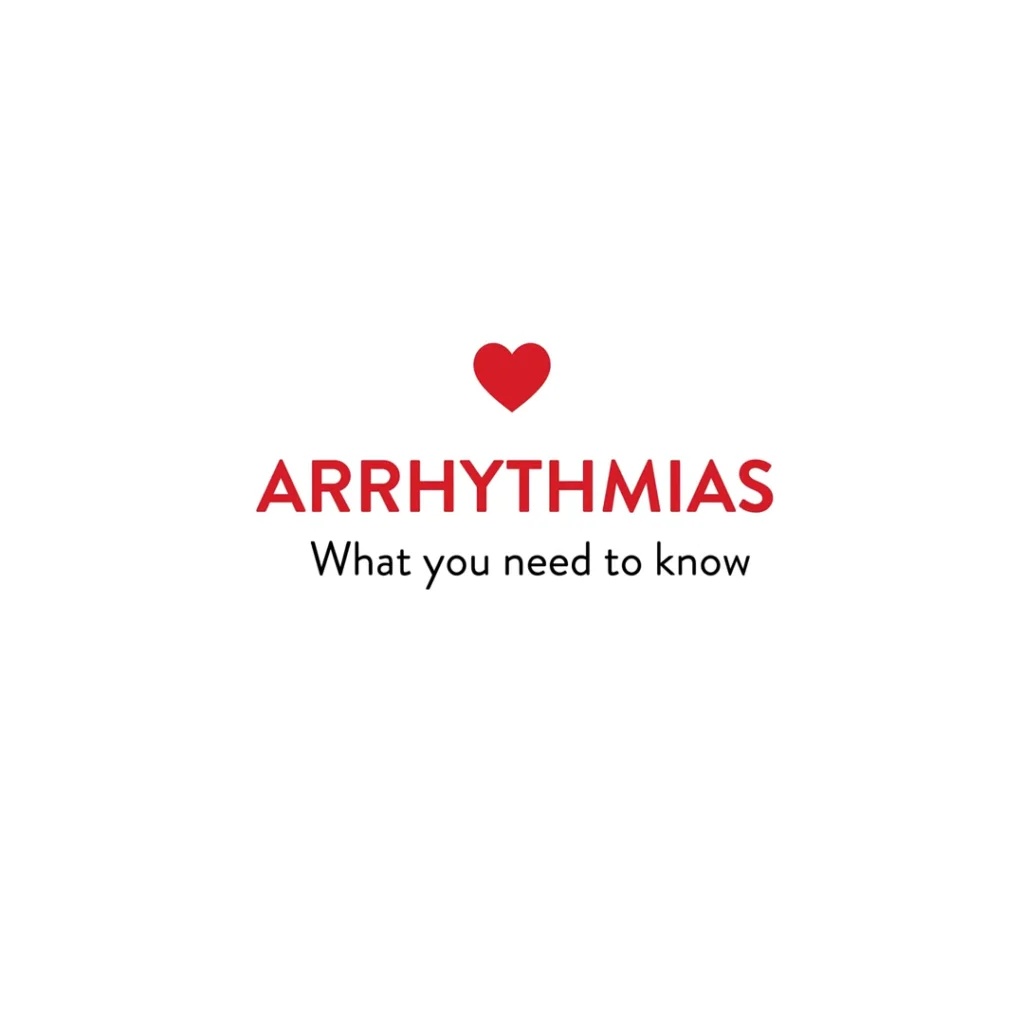Health misinformation poses a significant threat to public health.
False or misleading health information impacts people’s mental health, damages patient-health provider communication, undermines healthy behaviours and discourages adherence to treatment and lifestyle advice. At WHF, we’re committed to empowering our community and the general public with clear, reliable, and evidence-based knowledge to help them make informed choices about their hearts.
Common myths about cardiovascular health
 Cardiovascular disease globally
Cardiovascular disease globally Myth: Cancer, malaria or AIDS is the leading cause of death worldwide.
Fact: Cardiovascular disease (CVD) is the leading cause of death worldwide. In 2019, CVD was responsible for 33% of all global deaths. The next biggest killers were cancers (18% of global deaths) and chronic respiratory infections (7% of global deaths).

Myth: Cardiovascular disease is mainly a problem in wealthy, industrialized countries.
Fact: CVD is a global problem, and is the leading cause of death across all country income groups. Lower-middle income countries have the highest age-standardized death rate from cardiovascular disease – over 40% higher than high-income countries.
Myth: Cardiovascular disease is a growing problem and we are unable to control it.
Fact: While the number of deaths due to CVD has increased over the last 30 years, this is largely because the global population is growing and getting older. If the population size and age-profile had stayed the same, CVD death rates would be over 30% lower today than they were in 1990. This is thanks to many countries establishing better policies to protect people from risk factors such as unhealthy food and tobacco, improvements in access to care, and new therapies.

 Cardiovascular conditions and symptoms
Cardiovascular conditions and symptoms Myth: If someone has a fast heart rate, it just means they are stressed or are drinking too much caffeine.
Fact: Factors like stress, caffeine intake and exercise can cause a temporary increase in heart rate. However, increased heart rate occurring more regularly or over a longer period of time can be a sign of other conditions, such as heart rhythm problems (arrhythmias), and should be examined by a medical professional.
Myth: Sudden cardiac arrest is the same thing as a heart attack.
Fact: Sudden cardiac arrest (SCA) is not the same as a heart attack. Think of a heart attack as a plumbing problem whereas SCA is like an electrical problem. A heart attack is typically caused by a blockage in a blood vessel to the heart muscle. This can permanently damage part of the heart. SCA is an electrical malfunction that disrupts the timing and order of the pumping action. A heart attack can lead to cardiac arrest.
Myth: A heart attack is always characterized by intense chest pain.
Fact: The most common symptom of a heart attack is chest pain, but other symptoms include pain in other parts of the body such as the jaw and back, shortness of breath and nausea. Women are more likely to experience symptoms other than chest pain, although chest pain is still the most common symptom in both sexes.
Myth: If someone does not have any symptoms, their heart must be healthy.
Fact: The major risk factors for coronary heart disease, high blood pressure and raised LDL cholesterol, are often “silent”, meaning they do not cause any symptoms. Some people develop coronary heart disease, which can lead to a heart attack or heart failure, without showing any symptoms at all. It is therefore important to talk to a qualified medical professional about your risk for CVD, and undertake any tests they recommend, even if you feel healthy.
 CVD Risk
CVD Risk Myth: Cardiovascular disease only affects older people.
Fact: While CVD risk increases with age, it can still impact young people and is the most common cause of death in people aged 15-49 years.
Myth: Cardiovascular disease is mostly a man’s disease.
Fact: CVD is the leading cause of death in both women and men. However, women are less likely to receive a timely diagnosis or to receive optimal treatment in the event of a heart attack. Dispelling the preconception of CVD as a “man’s disease” is an important part of tackling this problem.
Myth: Cardiovascular disease is caused entirely by having an unhealthy lifestyle.
Fact: While behaviours such as cigarette smoking, diet, exercise and alcohol use can contribute significantly to cardiovascular risk, other factors also play an important role. A person’s genetics and exposure to environmental factors such as air pollution both contribute significantly to CVD risk. Some CVDs, such as certain congenital heart diseases, are entirely determined by genetics. What’s more, many unhealthy behaviours are strongly linked to a person’s social circumstances, such as where they live, their working conditions, and how easily they can access healthcare.
Myth: Moderate alcohol consumption is good for the heart.
Fact: Alcohol is not good for the heart, and in fact increases the risk of hypertensive heart disease, cardiomyopathy, atrial fibrillation, flutter and strokes. For adults with no underlying health conditions, it is recommended to either reduce alcohol consumption, or if already abstaining from alcohol, not to start drinking.
Myth: If someone is thin, they do not need to exercise to stay healthy.
Fact: Exercise is not only important for losing weight. It reduces the risk of a range of diseases, including cardiovascular disease, for all people. The World Health Organization recommends at least 150-300 minutes of moderate-intensity, or 75-150 minutes of vigorous intensity exercise per week for adults aged 18-64 years old.





